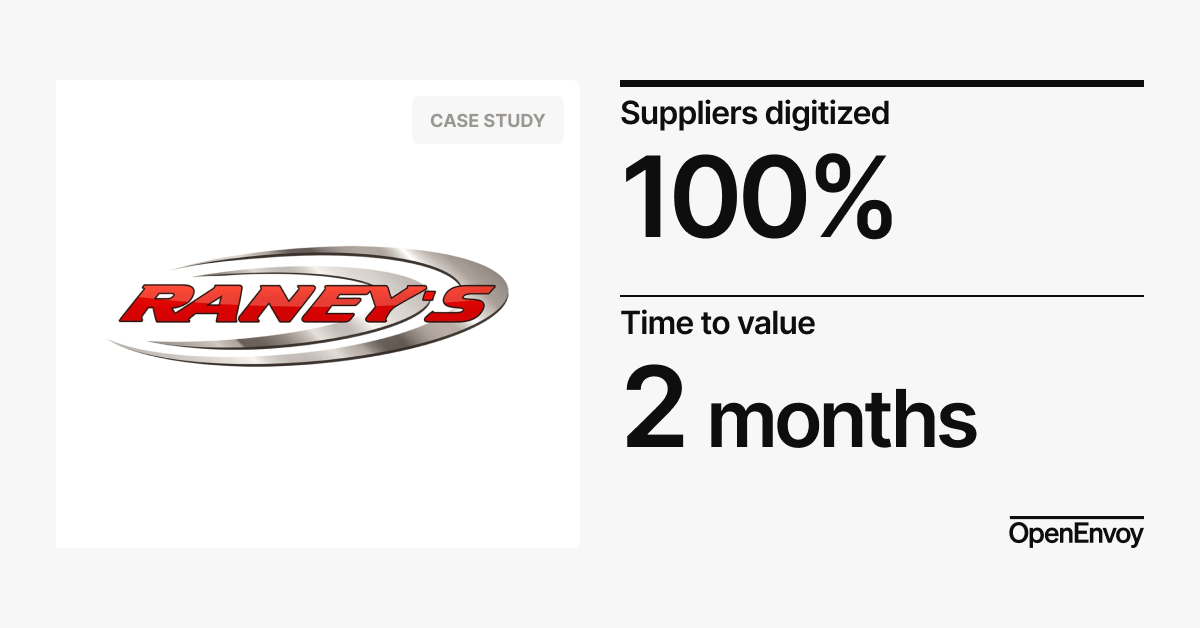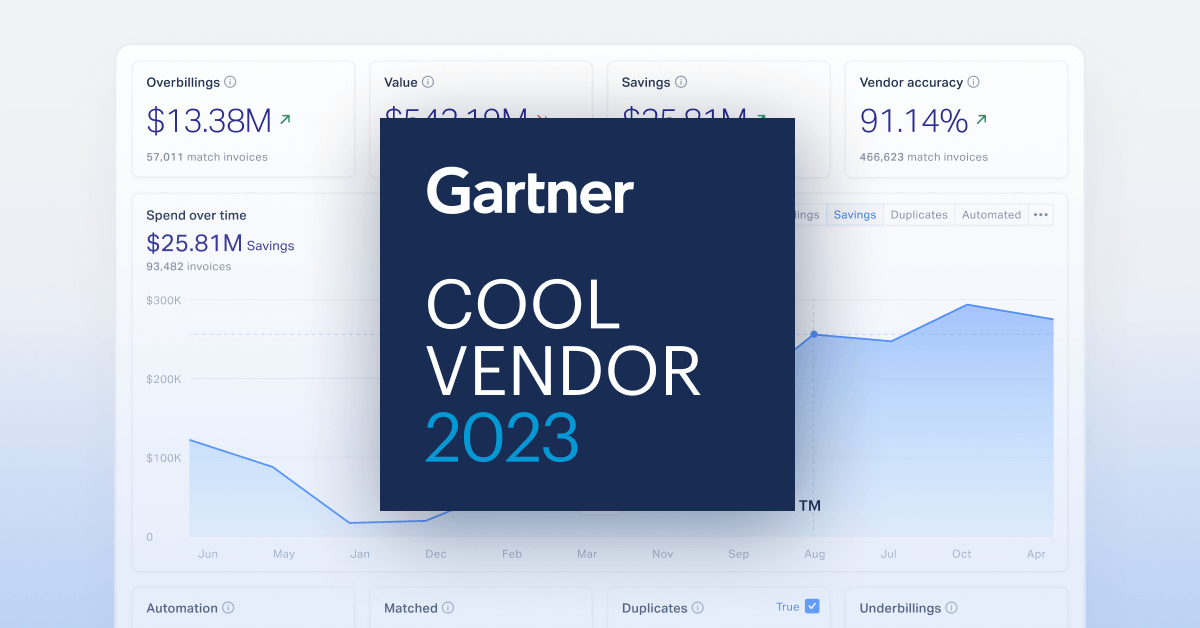

The Urgent Problem: Invoice Errors and Their Costly Impact
Today, about 30% of invoices have errors. These errors often subtly favor suppliers and slip under approval radars. Freight, media, and materials are particularly prone to varying prices and charges. Varying prices and charges assessed after the initial purchase order are very difficult to validate with the simple two- and three-way matching process that most Finance organizations use to validate invoices. Transactions may be sent back to the business to approve. Many times these transactions are approved blindly without a true reconciliation process. As companies handle many transactions across various divisions, the risk of errors and fraud grows. Common oversights can lead to significant, unnoticed financial losses.
Two-Way and Three-Way Matching Explained
Two-way matching for Accounts Payable (AP) involves comparing the invoice received from a supplier to the purchase order to ensure that the billed amount and quantity align with the order. Three-way matching extends this process by also including the receipt or packing slip, confirming that the goods or services billed were received as ordered. These methods are fundamental to AP as they are meant to prevent overpayments, detect errors, and mitigate potential fraud.
Limitations of Two-Way and Three-Way Matching
Contract Compliance: Two-way and three-way matching focus mainly on quantities, prices, and receipt of goods or services. They relay on the purchase order as the “source of truth” for the ordered quantity and price. Contracts that specify extra charges when certain things happen, like a fee for delayed return of a shipping container, aren’t supported well. Those events and the associated charges hadn’t happened yet at the time of purchase order. Similarly, contracted prices that vary based on total volume purchased on the current market price are difficult to support.
Budget and Cost Data: Invoices and costs are typically assigned to General Ledger (GL) account that was selected at the time of PO creation. Purchasing systems can be difficult to use, and employees may not understand their companies’ accounting structures. For these reasons, there may be errors in GL account coding of invoices and costs which skew departmental budgets and financial reporting.
Fraud and Errors in Other Areas: While matching techniques can catch discrepancies in quantity and price, they may not detect other types of fraud or errors, such as duplicate payments, incorrect vendor details, or unauthorized changes to payment instructions.
Regulatory and Compliance Issues: Two-way and three-way matching do not ensure compliance with broader regulatory requirements that might be applicable. Global indirect tax law including VAT and GST requires certain information to be captured, and for invoices to be archived. Shipping invoices are required to include certain data by law. Suppliers should be checked against restricted party lists to ensure that no illegal payments are made. Failure to comply with regulations can lead to legal and financial penalties.
Risks and Consequences of Inadequate Matching
Financial Losses: Without thorough matching and reconciliation, companies may end up paying for goods that were never delivered, or services that were performed inadequately. One of the most common issues is that suppliers charge standard rates, failing to take into account terms negotiated into contract such as volume discounts. In shipping and freight, negotiated extra “free days” prior to receiving charges for detention or demurrage may not be respected. Overpayments or payments for non-compliant products can lead to significant financial losses.
Supplier Issues: Inadequate verification processes can strain relationships with suppliers. If payments are delayed or disputed due to insufficient matching processes, it can lead to conflicts or disruptions in the supply chain.
Audit Failures: Companies with inadequate matching and audit processes might face challenges during audits. Auditors may identify weaknesses in internal controls, leading to a lack of confidence among investors, regulators, and other stakeholders.
Working Capital: Companies who delay paying invoices can’t realize early-payment discounts, which can yield APRs north of 30%. Those who don’t match invoices against payment terms often pay in random order, rather than holding payment to stretch DPO. Those who pay late face late-payment penalties from suppliers. Companies who fail to spot duplicate invoices and over-billing often tie up cash for months before it can be clawed back, if ever.

Beyond Basics: Real-Time Invoice Audit
Real-time invoice audit goes beyond simple invoice matching to add checks against contracts, rate cards, and even data from 3rd party sources such as commodity spot prices. Fraud checks identify suspicious changes in formats or supplier banking information. Audits can include checking the GL coding from POs against historical patterns to identify miscoding.
The four advantages are clear:
- More Control and Compliance: It ensures adherence to policies and standards.
- Lower Risk of Fraud and Errors: Additional checks reduce mistakes and fraud.
- Better Vendor Relationships: Payments proceed only when all conditions are met.
- Improved Financial Management: Spot instances of supplier overbilling or unwarranted charges in real time, before payment is due. Avoid overpayments. Ensure accurate GL coding and financial reporting.
However, real-time audit has tended to complicate workflows. Where processes are manual, it may be difficult for any single person to access all of the records needed. Certain payments must be made on tight timelines which aren’t possible to achieve with manual audits.
OpenEnvoy's Real-Time Audit: The “N-Way” Match
OpenEnvoy simplifies real-time audit of invoices by expanding the typical two- and 3-way matching to N-way matching. POs, receipts, contracts, rate cards, and 3rd party documentation are captured as simple documents from internal company systems and external sources. AI is used to capture the meaning of these documents. Each invoice line is fully reconciled using AI, digitizing the processes used by human auditors. This method integrates smoothly with current IT setups, boosting efficiency and accuracy. And it can match MANY documents, not two or three.
Key Features of OpenEnvoy:
- Real-time Processing: It quickly processes various invoice formats.
- Fraud Detection: It spots unusual changes that could indicate fraud.
- Regulatory Compliance: It flags invoices that don't comply.
- Duplicate Detection: It finds and fixes repeats in invoices.
- Overpayment Protection: It finds and flags supplier overbilling and unwarranted charges.
Conclusion
As business complexities increase, advanced solutions like OpenEnvoy become vital. As companies in many industries move to adopt subscription pricing and “unbundling” strategies, complexity of billing and paybles is increasing quickly. Real-time audit technology not only tackles the intricate challenges of invoice management but also protects financial integrity. Investing in OpenEnvoy means choosing a proactive approach to financial management, crucial for staying competitive.
Serious about protecting your cashflow?















